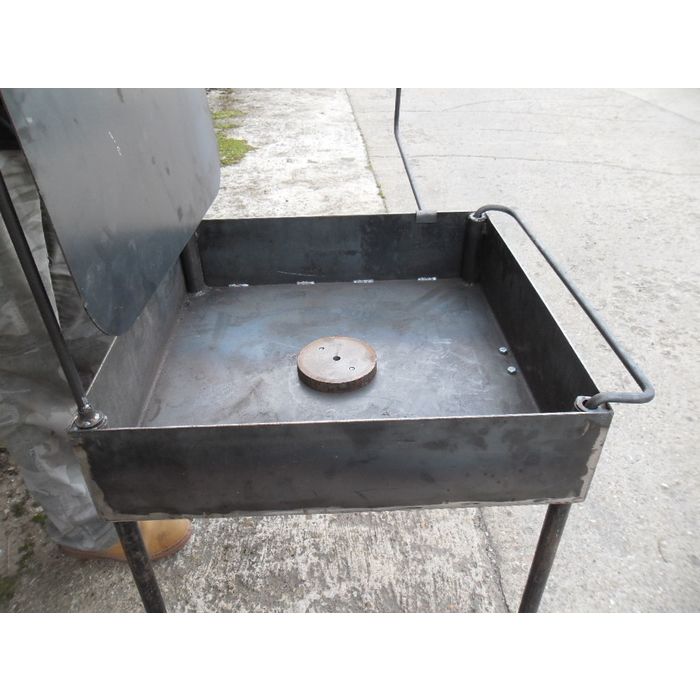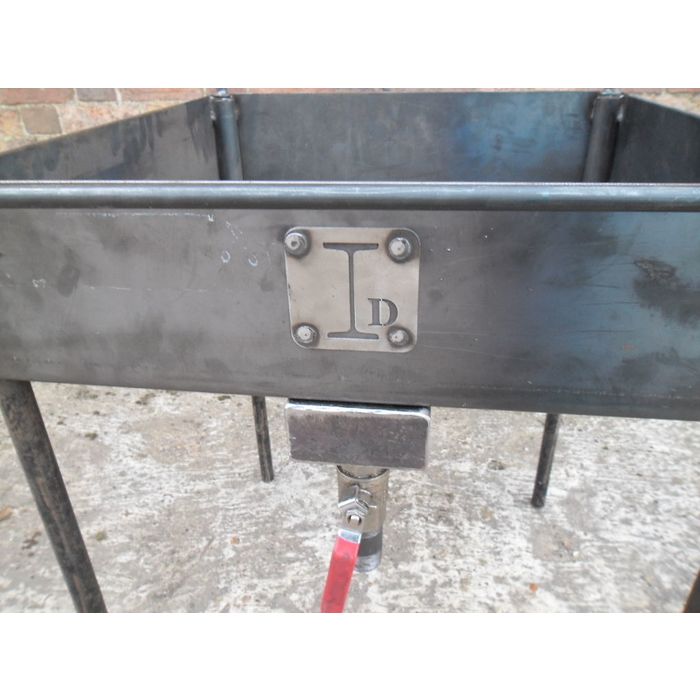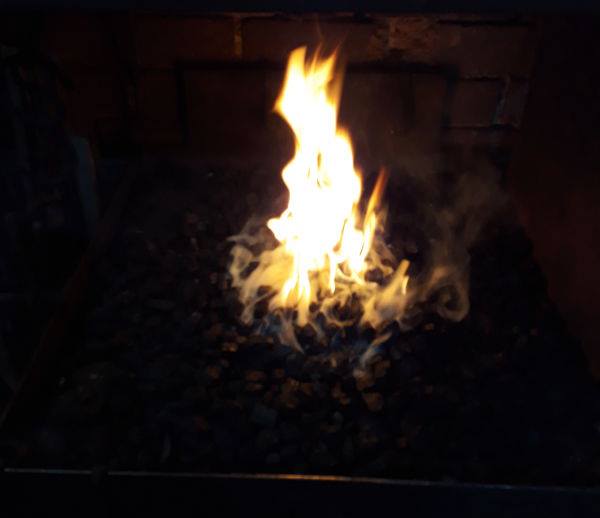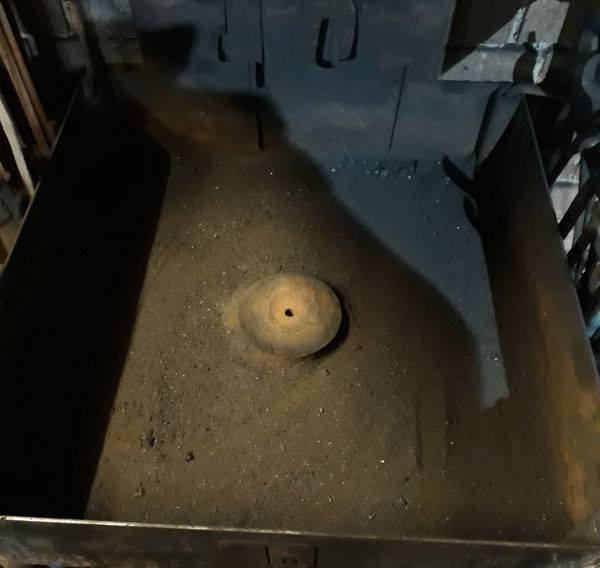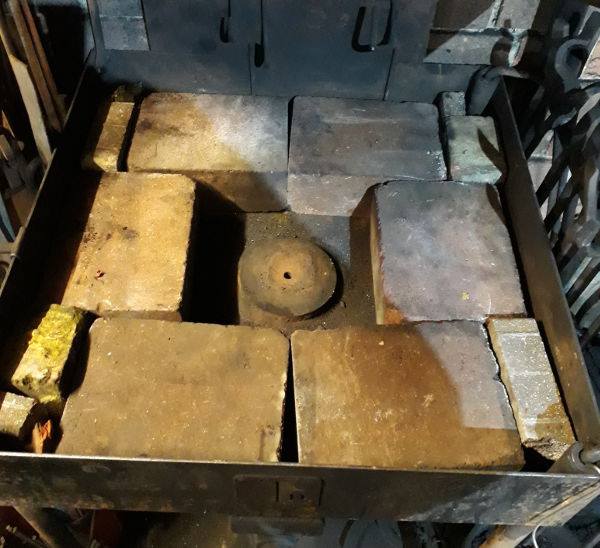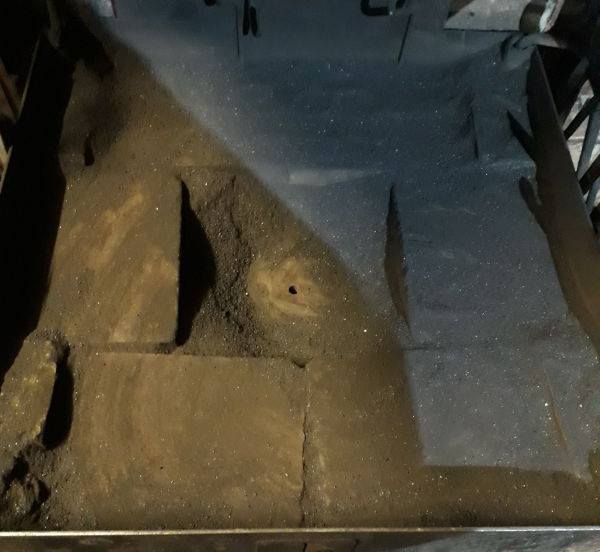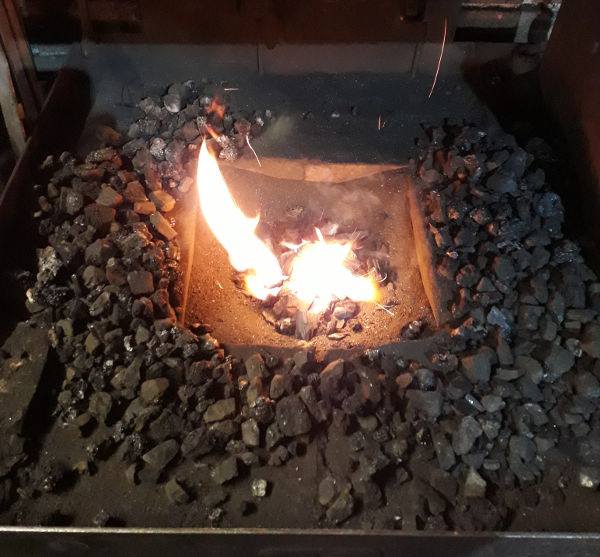-
Posts
2,139 -
Joined
-
Last visited
Content Type
Profiles
Forums
Articles
Gallery
Downloads
Events
Everything posted by the iron dwarf
-
hi monkeh yes you are welcome to visit glendon forge am sending you am IM, look for an envelope at the top right of the screen to get the message
-
hot or cold? with 30 tons I bend 1" square with a 7/8" radius into a staple cold in a couple of seconds and can dish 1/4" steel 2" deep. hot I can do a lot more
-
nice looking anvil, the slot is to take tooling. on a visit to the tyzack works in sheffield a few years ago I seen many similar anvils, mostly with several slots
-
as it will be difficult to pack you can collect it in person next time you are out this way
-
that is 320 uk pounds plus 20% sales tax from vaughns I have a 7" in good condition and would take 80 for it
-
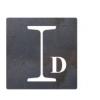
Motor question- VFD or single phase
the iron dwarf replied to Dan P.'s topic in Power Hammers, Treadle Hammers, Olivers
here motors are 1400 or 2800 rpm normally, other speeds are less common -

Motor question- VFD or single phase
the iron dwarf replied to Dan P.'s topic in Power Hammers, Treadle Hammers, Olivers
to run it faster you will need a bigger motor and that means more starting current until it gets the flywheel up to speed larger motor pulley means needs more power to turn flywheel there will be a limit as to how much starting current you can get as most houses these days dont have a very heavy supply, my house has a 60A supply but that was built in 1950, my workshop has a 3 phase supply but that is on a farm -

Motor question- VFD or single phase
the iron dwarf replied to Dan P.'s topic in Power Hammers, Treadle Hammers, Olivers
starting current will be a bit more than 13A, if you know a local sparky talk to them. turning the flywheel will mean a lot of load to get it up to speed, it will be like starting your car engine with it in top gear and getting it to 90mph in 3 seconds, when the motor is going it will take a lot less. reduce the pulley size on the motor to run the hammer you will want that same power and try working out the correct pulley size to keep the flywheel at the same speed it was before -
I consider American to be a different language and then there is Charles who has his own written language we all have to translate from charles
-
welcome to IFI there are plenty of things you can learn here, spend some time reading the forums there are many things on youtube but a lot of it is rubbish ( and some is dangerous rubbish ) so watch things that people here recommend at first until you know a bit more I would suggest any video by joey van de steeg known here as technicus joe, or any video by people on this forum, if in doubt about anything ask here do not worry about your English, there are thousands of posters here to whom english is not their first language
-
from here it looks like a lot of US stuff actually originates in asia or south america like snap-on and harleys and lots of other stuff, from the makers to you then a tariff when you send them here, also you need to export to be able to import and one of our problems here is outsourcing so we buy things made in other countries and then complain about no jobs making things here, people want cheaper and quality drops. then you get things you cant import to the US, I make armouring tools including ball stakes from ball bearings up to 4" diameter that I buy new but it is against the law to send them there due to some US helicopter maker buying bearings from china and a helicopter accident
-
for a solid fuel forge for charcoal, coke, coal and most other fuels you dont want a forge enclosed like that, see the JABOD thread for a very simple and cheap design also you are going to be getting hot enough inside it to burn steel and the case is made of steel a simple b ox filled with dirt and with a non galvanised steel pipe into the bottom will be far better
-
I am not in the US and I dont often sell to the US due to shipping costs as most of my items are heavy
-
so buy enough to last your lifetime, how about your children? personally I use about half a ton a month
-
good, it will add to the knowledge here if you share your results, there is a place in solid fuel for data about coals, wood, charcoal
-
You may end up paying a tariff both ways because if you add a tariff to goods from here we can do the same to yours, like recently an aircraft maker in the UK had a 300% tariff on sales in the us imposed, such things can work both ways or even mean places dont buy your goods protectionism of one area can affect others that are unrelated
-
mostly we used coke until recently with nothing but a little sand lining the bottom of the forge but as it is harder to get here now we have switched to coal and are using a bituminous coal mostly and sometimes some welsh steam coal. we needed to reduce the size of the fire a bit so we added some hard fire bricks just over 3" deep, forge is 6" deep in total it seems to be working well so I thought I would post it here 2 pix of my forge with no lining at all then some pix of adding bricks and lighting it with charcoal and then onto fresh coal. we coke the coal and gradually move it into the firepot pix of forge we added bricks to are by john who wanted to try this to see if it worked better and it does, we can now supply bricks with forges if people want the firebricks we used were from old storage heaters as we can get these, they have been in use most days since the start of the year
-

What did you do in the shop today?
the iron dwarf replied to Mark Ling's topic in Blacksmithing, General Discussion
today I got the heating on for an hour in the shop, was still minus2 at least, gave up and had half a snow day ( first time in a year heating was used, just a small portable gas heater ) -
I can get about 12 strokes from my press in 10 seconds and can set the travel in both directions to an accuracy of about 1/250" ( about 4 thousandths of an inch or 0.1mm )
-
so you use at least 10 times as much fuel as you need to costing you in a week what it would you to buy new ones. a car brake disc / rotor is a much better size for a small forge
-
so you are going to be forging big stuff then? most people start on small things
-
here in the UK most brake drums and discs are cast iron so you need special rods to weld them and it may be better just to sit the drum or disc in a hole in the table without fixing it
-
welcome I am a bit further south of you but one of my customers in the shetlands intends to use peat as fuel in one of my forges, normally we use coal or coke and some use charcoal. find out what fuel you can get and make your forge to suit
-

Help to ID this anvil
the iron dwarf replied to Matt Graham's topic in Anvils, Swage Blocks, and Mandrels
is that the only marking on it? no handling holes? numbers what does it look like underneath? if you had read the post you just quoted in full you would know a lot more looks to be forged not cast value will depend on maker, size, condition, and where in the world it is is it london pattern, soho, or anyone of a hundred more types what condition is the face in?? what was the result of the rebound test? -
they are generally for low pressure as are ones from fork lifts, a lot I have seen operate at 100 to 120 bar, personally I would buy a new cylinder so you know the specs and these days they are quite cheap. the ones I get are 200 to 250 bar and I can get the bore, stroke, end fittings I want

